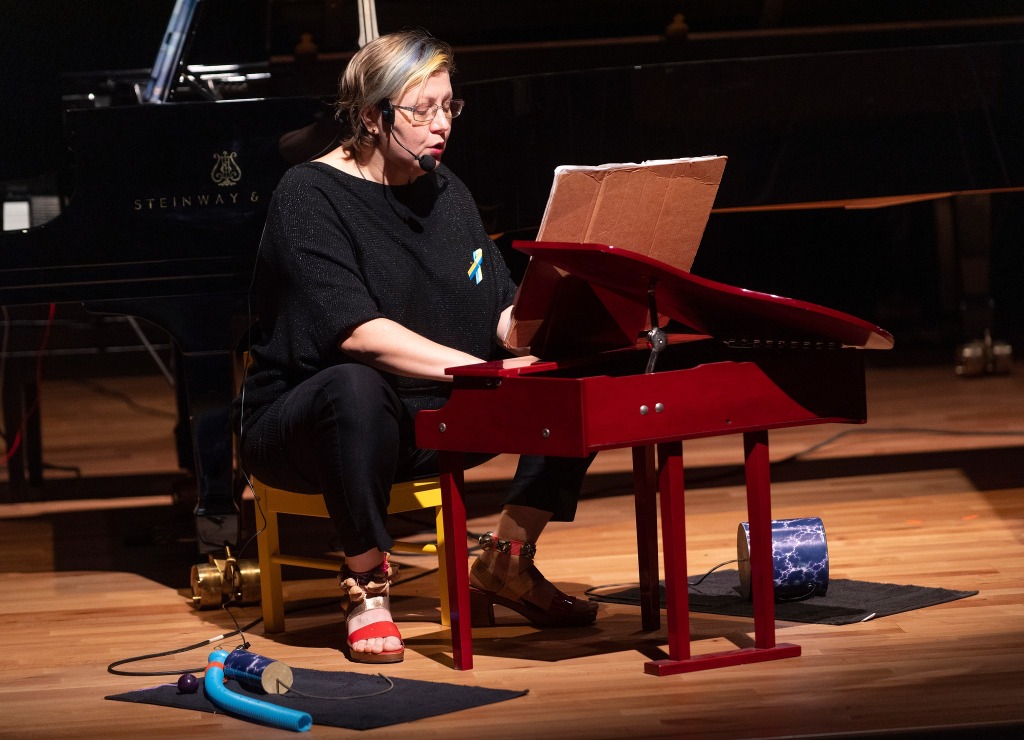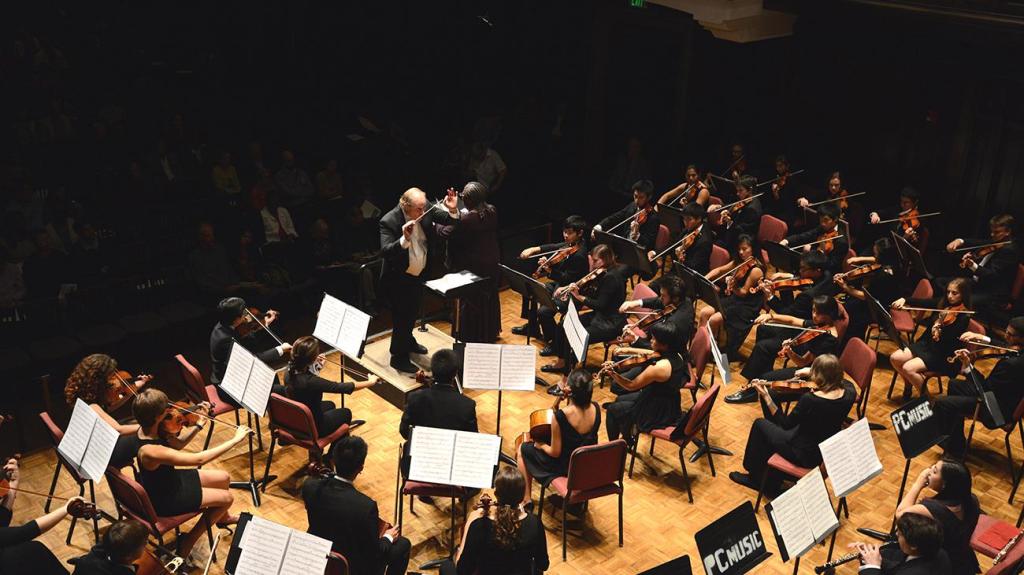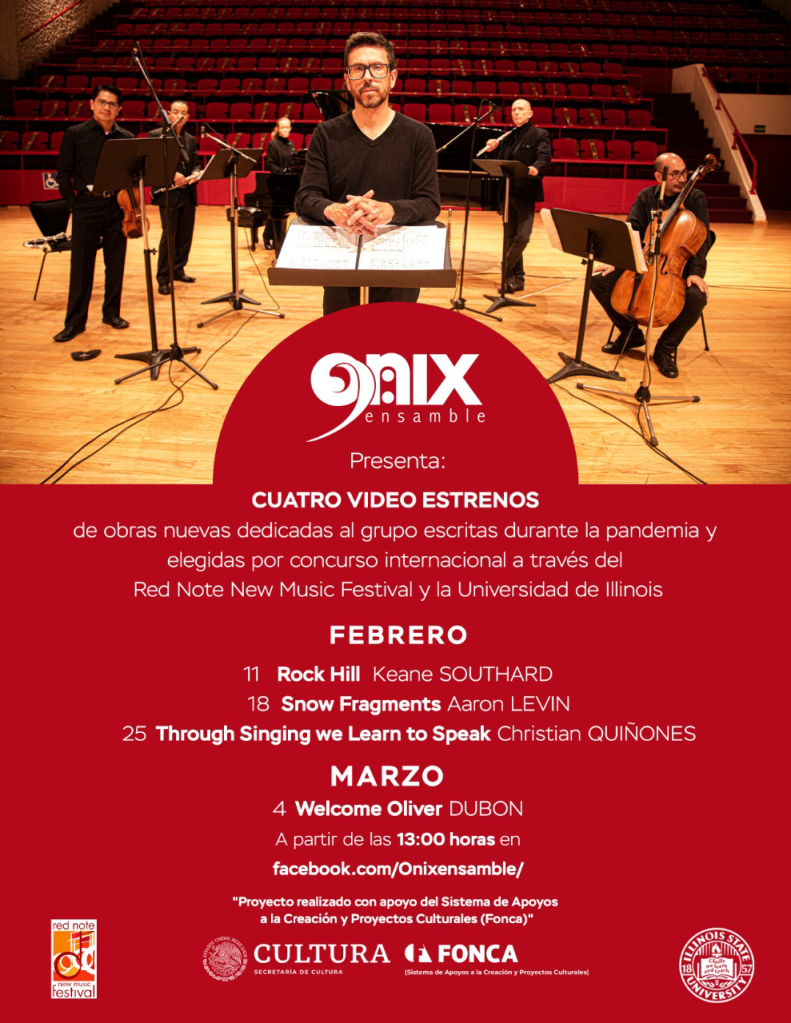Here is the live stream link: https://music.rice.edu/live-streaming-duncan-recital-hall
As I am writing this I am less than 4 hours from the recital and still furiously getting things together, but I thought I would take this time to make a small page where I can send people who are viewing the live stream from home so that they can read a bit about the work being premiered on this recital: Wandering Rocks.
But before I go on about that piece. Two other works are being performed on this recital. The first is Study After Agnes Martin’s The Tree performed by Anna-Sofia Botti. It’s a neo-impressionist work I wrote in response to one of my favorite paintings. The second is The Wayfaring Stranger performed by a vocal octet which came together very very very last minute to give new life to this small work I wrote for Roomful of Teeth last year.
Wandering Rocks
Also known as “Planctae,” the phrase “Wandering Rocks” originates in Greek Mythology. Literally a group of rocks in the ocean, it was known as being particularly difficult to pass with a ship. In Homer’s The Odyssey, the goddess Circe tells Odysseus of the Wandering Rocks, and describes it as having destroyed many of the ships that have tried to pass it and scattered their remains into the ocean.
Wandering Rocks is also the title of the tenth chapter of James Joyce’s magnum opus, Ulysses. Joyce took Circe’s description of Wandering Rocks as the inspiration for this chapter, which takes the form of a handful of short stories which amount to fragments of people’s lives as they meander around the city of Dublin. I use the phrase “short stories” liberally here, as they are just how Circe describes: the scattered parts of people. They don’t really make coherent sense by themselves and gives less of the sensation of a novel as they do the activity of “people watching.” Through free indirect discourse, the chapter becomes floridly colored by the dramatic shifts in tone. The holy inner-dialogue of a priest is juxtaposed immediately by the small talk of a coffin-maker, which is in turn juxtaposed by the rancid mumblings of a disabled and inebriated sailor on the side of the street, and on and on with other stories.
I could go on for a long time with how the chapter is this dialogue on the nature of the difference in medium between maps and the written word, or talk about the bizarre meta-narrative concept of “the book laughing” as it was described in the Joyce class I took as an undergrad. However, in my personal opinion, one of the most interesting things about the entirety of Ulysses as a novel is how satisfying a surface-level analysis/engagement is. It’s more than intellectually stimulating enough for me (and many others) to just go through the book in amazement at the physical/formal qualities of the book: the changes in how the book is formatted from chapter to chapter, the really obvious references to things like Wagnerian Operas, Bach Fugues, and Plainchant (in Ulysses, there is one instance of plainchant just…sitting in the middle of a page, original notation and everything), and of course in the tenth chapter – the fragmented narratives.
This was my starting point for writing Wandering Rocks. I just wanted to see how this general structure could work out in music. Of course, there are many similar works to this in the canon, Pictures at An Exhibition, The Planets, even The Rite of Spring is just a bunch of floating islands of materials. However, in this work I wanted to engage with a few of the other cool themes in Ulysses such as references, extremities in juxtapositions, and differences in the visual-aspect of what is not a “visually centered” art medium (ie literature or music).
This is also my “fragmented” work. Young composers tend to fragment their materials OR have extremely dull and static music which never goes anywhere (in simpler terms: they are either noncoherently chaotic or noninterestingly static). I have written both fragmented and static music but have generally grown out of this tendency with the aid of my teachers. That being said, I really like works which are fragmented and weird. Tampopo and Infinite Jest are two of my favorite works of media and I think their abstract and oddly-stitched-together forms are the largest contributing factor to my enjoyment of them. In light of that, I decided this would be a good opportunity to go back and revisit this young-composer impulse and write a piece which is just really all over the place and takes you to the edges of what music can be for approximately 25-30 minutes.
The only thing more I can say is to listen for contrast. Enjoy the odd juxtapositions and try and follow the journey as best you can.
Also, the whole piece is attacca (played without pause), but there are movements with assigned initials + celestial bodies and then the title of the movement on the subsequent lines.
I. A.V.A. – Polaris
The Storyteller Who Tells the Story That Goes on and on and Eventually Makes Sense
II. S.R. – MARS
THEY WHO APPEARED TWICE
III. I.G. – MERCURY
THEIR FLEETING GRACE
IV. C.D. – VENUS
THE EPISODE OF THE LONG WALK
V. A.V.A. – Polaris
The Halfway Point
VI. K.S. – SATURN
“…who was rambling about, slapping his buttocks and hopping like a bird.”
VII. W.L. – EARTH
THE EPISODE OF THE STREET PROTEST
VIII. J.C. – NEPTUNE
THE PROPHET
IX. A.V.A. – Polaris
The End of the Road





